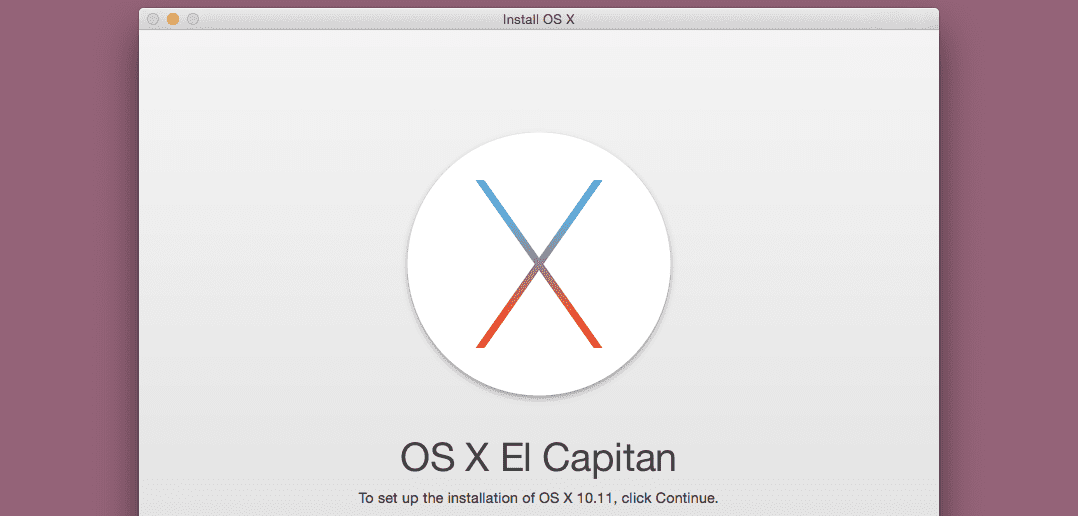Breaking News
Install Os X El Capitan Dmg Torrent
четверг 13 сентября admin 36
Controlling the root setting for an Android smartphone or the tablet is a very important task. This is because, after the rooting process is done, the Android smartphone or the tablet you are using is open to several threats. This includes malware. The Android users who are familiar with the root process knows some things. They can tweak also modifies the specific way of behaving the Android hardware and the software. Granting the root access for apps allows the users to have a specific thing.
OS X El Capitan, the latest version of the Mac operating system, builds on the groundbreaking features and beautiful design introduced in OS X Yosemite, refining the experience and improving performance in lots of ways that you’ll enjoy everyday. 
The vastly control mode on the smartphone or the tablet and also the apps. This is nicer than a non-rooted smartphone or the tablet. For the process use Supersu zip. • First of all, we advise you to prepare a list of the installed apps of your Android smartphone or tablet. These apps should also have the intention to have the root access permission to operate further.
We recommend that, the list should be short, you need to have a few apps in this list. Try to include the apps that you only use frequently. Do not enter all the apps in this list. • Navigate to the settings bar of your Android smartphone or the tablet. In the settings, you better be to enable the “re-authentication” option. This is made for a special purpose. Re-installing and upgrading apps have a process to go through.
Then the supersu app will again prompt the window. This will ask for the granting or denying process regarding the app. By enabling this option, you have to do it only once.
When the apps are re-installing or upgrading, the supersu app will not ask for the root permission again. • The next task is about the revoking the permissions. Tap any app you desire from the app collection of your Android smartphone or the tablet. Then you can do the changing process of the supersu app prompt from grant to deny. This process will confirm the following process. The app will ensure you that, you will get the prompt, when you just launch the same selected app again.
• The Android user will also have the ability to Disabling the root also. Users will get the opportunity to disable the power of the superuser app in your Android smartphone or the tablet.
In this process, you have to click on the settings of the supersu app. Scroll down and then find the option named default access.
Then you have to tap the option of change to. Then you can change the prompting text from grant to deny or deny from the grant.
When you get El Capitan from the App store, before you install it, it will show up in the applications folder on the Mac. You can then save it to a flash drive and transport it around to other Mac's. But in my situation, the Macbook Pro I am using has no onboard ethernet and the internal wifi is dead.
Using Command+R is useless in my situation as the recovery feature does not activate USB wifi adapters or Ethernet adapters. Plus El Capitan is 'FREE' to anyone with a valid apple ID. I sat on the phone with apple support for over an hour trying to figure out the situation and they finally told me 'You will need to download El Capitan on another Mac and transfer the installer to your Macbook in order for it to work.
